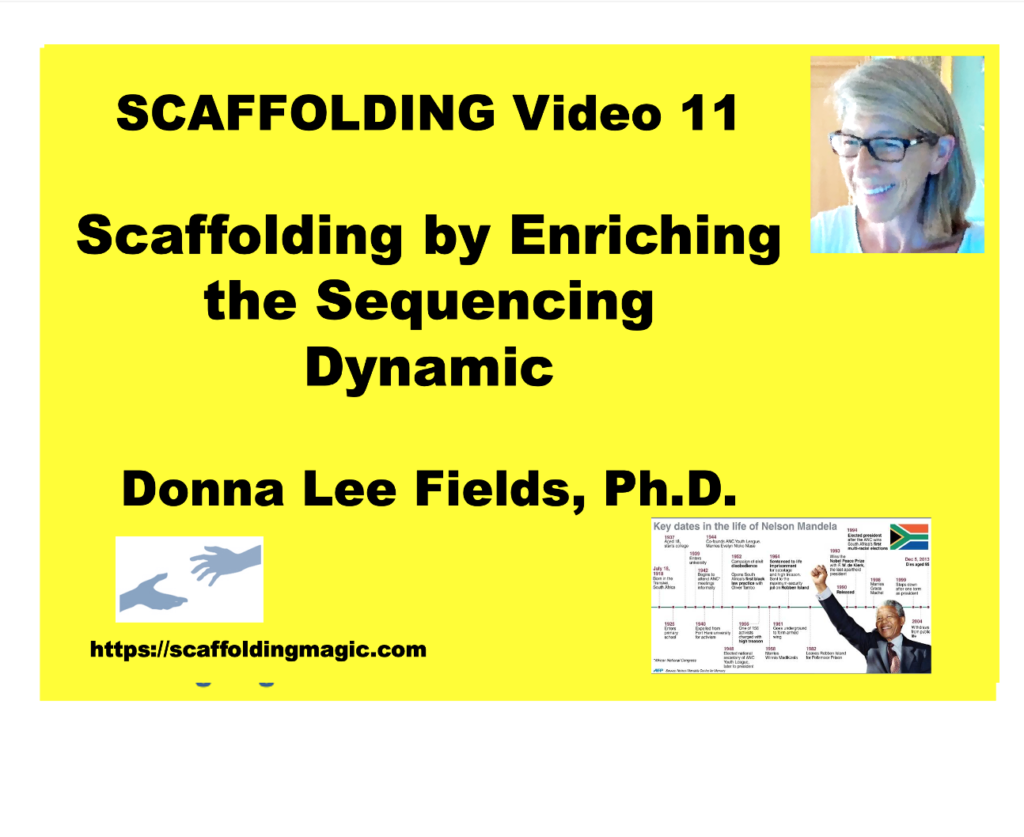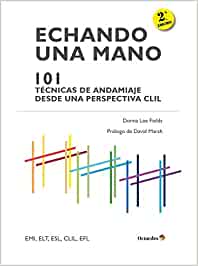You caught a beauty!!!
Download PDF of scaffold here.
theory behind scaffold…
Knowing the sequence of events in a text, story, video, laboratory experiment, sports competition, musical composition, preparation of art materials, etc. is an essential skill for students. This is an integral part ……………………
Sequencing is a concept that needs to be repeated throughout the education process. We need to intentionally give our students the opportunities to be able to recognise and express sequences, and we need to provide the phrases they can use to clarify the ordering of events. It might be motivating to know that ……………………….
The art of ordering is a skill that requires critical thinking as it obligates the students to see both sides of an issue, be open to new evidence, and deduce and infer conclusions from available facts.* Inferential reasoning enables students to construct new knowledge by considering, connecting past knowledge to new. If we want to……………………….
……………………So, the more we give students the opportunity to develop this part of the brain, the more we are aiding them in strengthening neuron connections.
In this scaffold, students have a platform to not only review the concept of sequencing, but also to …………………….
In other words, our students are encouraged to develop inferential reasoning. They order events that have happened, and …………………….ferencing.
Sequencing events in course work involves comprehension strategies that include repetitive sequencing phrases such as: ‘Initially,’ ‘Eventually’, ‘Finally’, etc. If practiced regularly, these phrases automatically……………………………………
This scaffold will show how we can naturally use our course materials – indexes, instructions, timelines, images, etc. – to raise comprehension of material and reinforce sequencing skills. Using a s………………………………….. you may decide to introduce other phrases. The list below will help you choose.
step by step…
- Choose the information to use in this activity (15-20 images from a text, a video, the instructions to a laboratory experiment, the steps to take to prepare materials in an art class, the notes to a piece of music your students are going to learn, etc. (If you are going to use a video you can do ‘Capture Screen’ to get the 15-20 images to use for this activity.)
- Place the images o………………………………
- Upload sequencing phrases to the ………………………………
- There are two ways to prepare this scaffold:
5. Make the chart below visible and add any other sequencing phrases you’d like your students to use.**

- Create a PPT with the same images so that you can ………………………………
- ………………………………… In this case we’ve chosen images of Gandhi from his youth through adulthood, with captions underneath so that ……………………………..

Example:
Student 1: In the beginning, Gandhi was born in 1869, in Gujarat, India.
Student 2: Subsequently, Gandhi became a lawyer and began to fight for civil rights.
Student 3: In the end, Gandhi won independence for India.
- Formative assessment: Project the images in a random order and ask groups to ………………………….
- Reflection: Students ………………………………. helped me to understand peaceful revolution because Gandhi embodied this philosophy. I liked being able to speak about Gandhi’s life and use sequencing phrases. This helped me ……………………………..’)
- Begin the unit.
*Becoming a High Expectations Teacher
Flashcards for more image sequencing
More Sequencing Phrases:
- First of all,
- To start off with,
- Initially,
- To begin with,
- Then,
- After that,
- Next,
- Immediately,
- Suddenly,
- Unexpectedly,
- Finally,
- In the end,
- Eventually,
video explanation of scaffold…

find more scaffolds here…


Scaffoldingmagic.com is your entryway into DYNAMIC bilingual learning methodologies, such as Phenomenon-Based Learning, CLIL, EMI, and ESL. You’ll find ways to implement critical thinking tools (DOK) to promote higher level thinking, the growth mindset, instill an ethic of excellence, deep reflection on learning, and all through multi-cultural, interdisciplinary activities. We have the keys to turning competences into action and to creating collective efficacy in your school so you move ahead as a unified, enthusiastic team.





